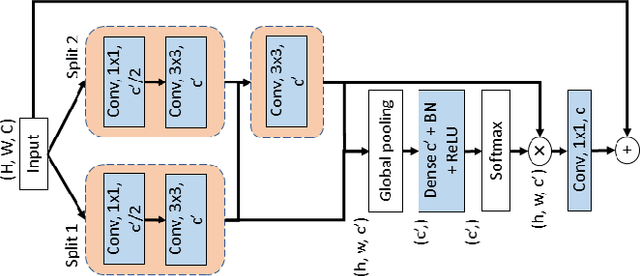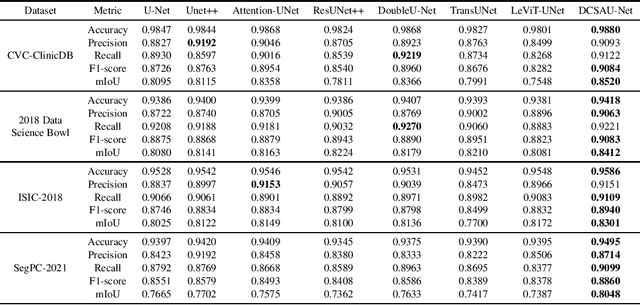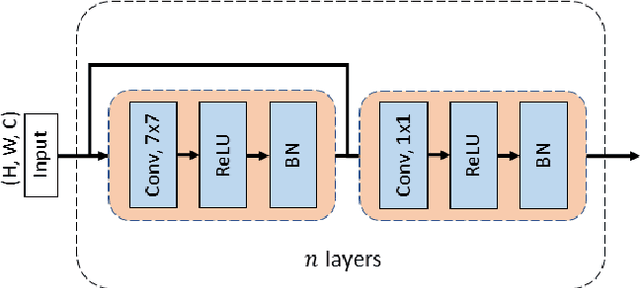Na He
RecGPT Technical Report
Jul 30, 2025



Abstract:Recommender systems are among the most impactful applications of artificial intelligence, serving as critical infrastructure connecting users, merchants, and platforms. However, most current industrial systems remain heavily reliant on historical co-occurrence patterns and log-fitting objectives, i.e., optimizing for past user interactions without explicitly modeling user intent. This log-fitting approach often leads to overfitting to narrow historical preferences, failing to capture users' evolving and latent interests. As a result, it reinforces filter bubbles and long-tail phenomena, ultimately harming user experience and threatening the sustainability of the whole recommendation ecosystem. To address these challenges, we rethink the overall design paradigm of recommender systems and propose RecGPT, a next-generation framework that places user intent at the center of the recommendation pipeline. By integrating large language models (LLMs) into key stages of user interest mining, item retrieval, and explanation generation, RecGPT transforms log-fitting recommendation into an intent-centric process. To effectively align general-purpose LLMs to the above domain-specific recommendation tasks at scale, RecGPT incorporates a multi-stage training paradigm, which integrates reasoning-enhanced pre-alignment and self-training evolution, guided by a Human-LLM cooperative judge system. Currently, RecGPT has been fully deployed on the Taobao App. Online experiments demonstrate that RecGPT achieves consistent performance gains across stakeholders: users benefit from increased content diversity and satisfaction, merchants and the platform gain greater exposure and conversions. These comprehensive improvement results across all stakeholders validates that LLM-driven, intent-centric design can foster a more sustainable and mutually beneficial recommendation ecosystem.
DCSAU-Net: A Deeper and More Compact Split-Attention U-Net for Medical Image Segmentation
Feb 02, 2022



Abstract:Image segmentation is a key step for medical image analysis. Approaches based on deep neural networks have been introduced and performed more reliable results than traditional image processing methods. However, many models focus on one medical image application and still show limited abilities to work with complex images. In this paper, we propose a novel deeper and more compact split-attention u-shape network (DCSAU-Net) that extracts useful features using multi-scale combined split-attention and deeper depthwise convolution. We evaluate the proposed model on CVC-ClinicDB, 2018 Data Science Bowl, ISIC-2018 and SegPC-2021 datasets. As a result, DCSAU-Net displays better performance than other state-of-the-art (SOTA) methods in terms of the mean Intersection over Union (mIoU) and F1-socre. More significantly, the proposed model demonstrate better segmentation performance on challenging images.
 Add to Chrome
Add to Chrome Add to Firefox
Add to Firefox Add to Edge
Add to Edge